
From Eric Stanze at FEARnet.com:
Director, writer, producer, and actor Larry Fessenden has slogged his way to becoming a prominent force in the horror genre over the course of more than two decades. His first film to really start turning heads was the provocative thriller No Telling (1991). He secured his place on the horror film map by writing, directing, and starring in the gritty vampire nightmare Habit (1995), which was followed by Wendigo (2001) and The Last Winter (2006).
His acting roles have ranged from brief glimpses in films like Martin Scorsese’s Bringing Out The Dead (1999), Brad Anderson’s Session 9 (2001), Jim Jarmusch’s Broken Flowers (2005), and Neil Jordan’s The Brave One (2007), to leading roles in Glenn McQuaid’s I Sell The Dead (2008) and Chad Crawford Kinkle’s Jug Face (2013). Fessenden can also be spotted in this year’s You’re Next, directed by Adam Wingard, Hellbenders, directed by J.T. Petty, and We Are What We Are, directed by Jim Mickle.
Mr. Fessenden is now adding a tantalizing new documentary to his lengthy list of producer credits. Birth Of The Living Dead, recently released on demand and rolling out theatrically right now, is about trailblazing filmmaker George Romero, his enormously influential zombie film, Night Of The Living Dead (1968), and the volatile social climate that spawned the macabre and bleak tone of the movie. The documentary is presented by Fessenden’s production company, Glass Eye Pix, and is written, directed, and edited by Rob Kuhns, acclaimed television documentary maker.
Larry Fessenden generously took time to discuss with FEARnet the details of Birth Of The Living Dead, as well as some of his other horror film contributions – past, present, and future.
There is a lot of material out there about the making of Romero’s Living Dead films – but Birth Of The Living Dead appears to approach the subject from an entirely fresh perspective. Can you describe how this documentary sets itself apart from the typical “making-of”?
What I liked about Rob Kuhns’ approach to the material was that it puts Night of the Living Dead in a historical context. We often spoke of the mission of Birth – to take the viewer back to 1968 to really understand the visceral power of a movie that by definition seems perhaps a little dated now. Birth shows the racial and cultural upheavals that were shaking the nation at the time the film came out, a time when the carnage of the Vietnam war was being seen on TV during the nightly news – truly unsettling images that had not been shown before with such immediacy. And then there were race riots and unrest in the streets back home. Americans were feeling a little like their world was coming unglued. Then along came Romero’s film. It was a shocking expression of the tumultuous times, and that’s what Birth was trying to convey.
What drew you to this project on a personal level? Were Romero and his Dead films influential to you as a filmmaker?
Well first of all, Rob and his wife and co-producer Esther Cassidy were keen to get me to simply do an interview for the film. I have often cited Night as my favorite horror movie. I feel like it is a fulcrum between the old black and white horror films of my youth, and the modern, gritty filmmaking that captured my imagination as a teenager in the 70’s.
The fulcrum itself happens in the film when the brother and sister visiting a grave site see a figure lurking in the distance. The brother teases his sister, saying, “They’re coming to get you, Barbara” in a Boris Karloff accent, referencing a half century of scary movies that had come before. Then, as if an old horror cliché actually leapt off the screen to do real harm, the figure attacks and kills the brother.
When I saw Night on TV, it was truly shocking because it didn’t conform to the quaint charms of the old horror films. In the old movies, the monster had an outsider quality – there was an element of pathos to the Frankenstein Monster, the Wolf Man. With Romero’s zombies, there was none, making the movie more horrific. To the degree that Romero introduced the element of hopelessness into horror, he was very influential, because it meant you were never sure you were going to arrive at a reassuring ending any more. I certainly believe in causing that sort of upset in the viewer.
I’m sure you’ve seen Night Of The Living Dead numerous times. What new element do you now see in Romero’s film that was not prominent on your radar before you produced Birth Of The Living Dead?
After I did my interview for the film, Rob invited me to watch a cut and I got more and more enthused about the mission of his movie: to contextualize Night Of The Living Dead. I am very interested in the function of horror in society and how trends in scary movies reflect the national anxieties of a given era. Certainly after the bomb was dropped on Hiroshima, our fear flicks were populated by freaks of nature brought on by nuclear fallout: Them!, Tarantula and all the Godzilla films. During the Bush years we experienced a wave of torture porn, and so on. So it was more that Rob’s film was trying to integrate the historical with the artistic efforts of some indie upstarts that captivated me and seemed an expression of my own interests.

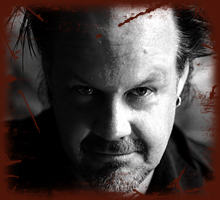





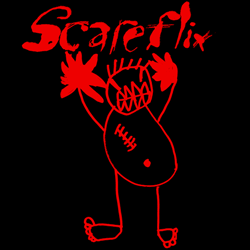
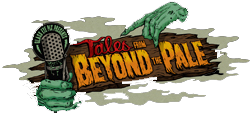
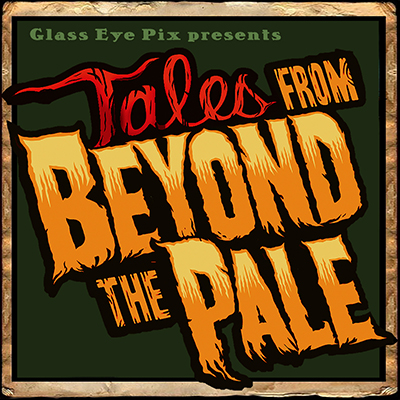

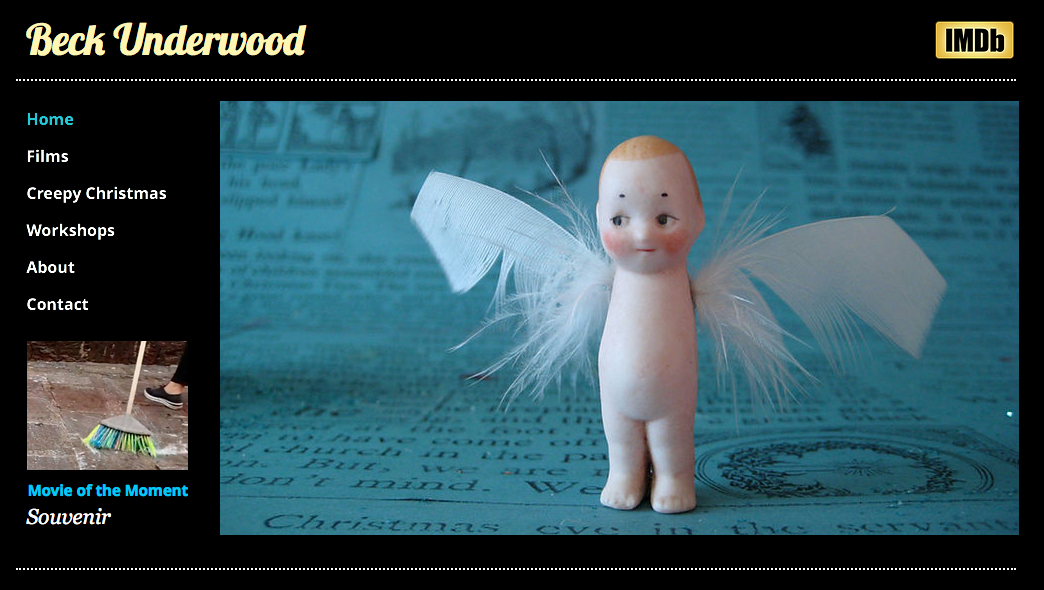






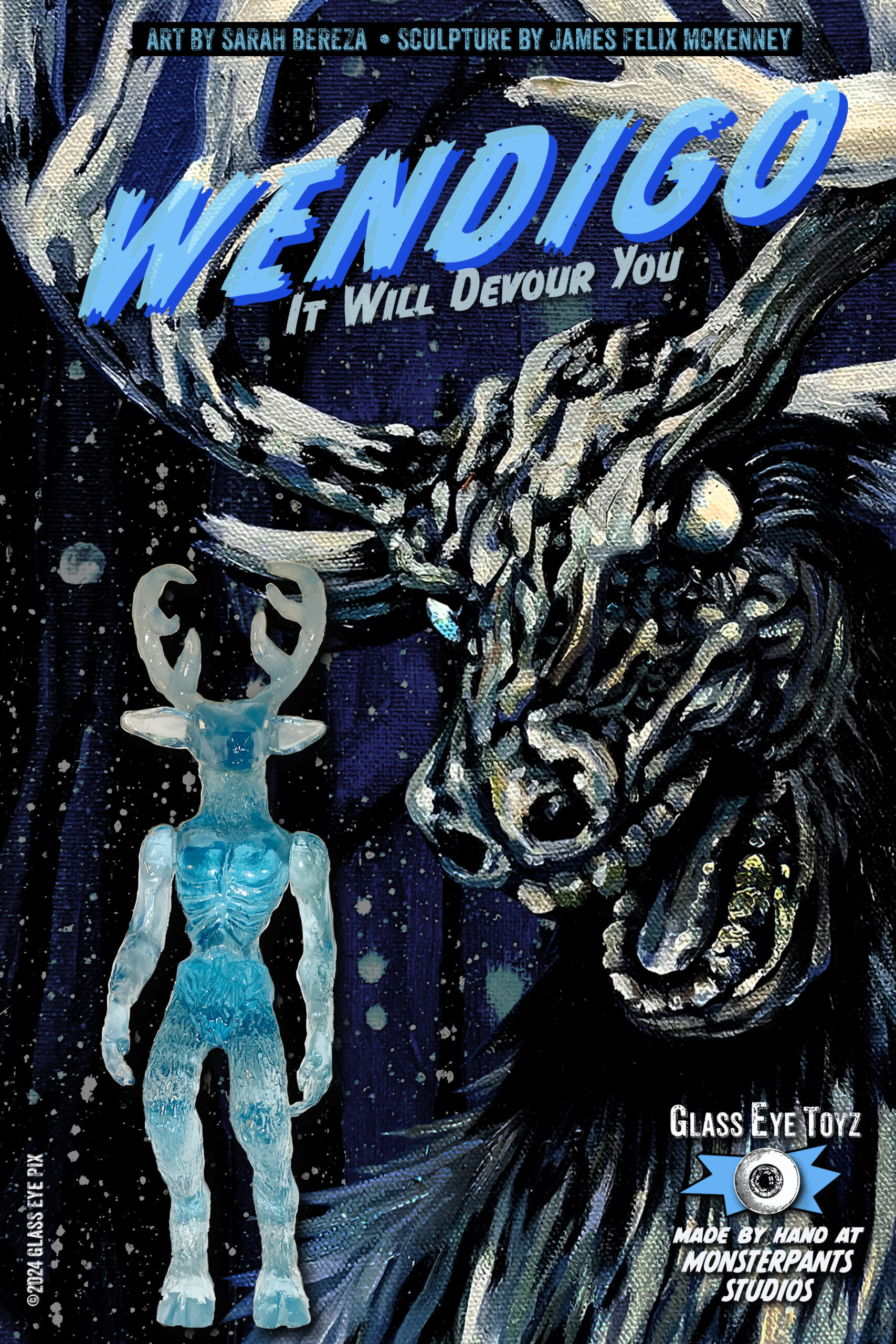
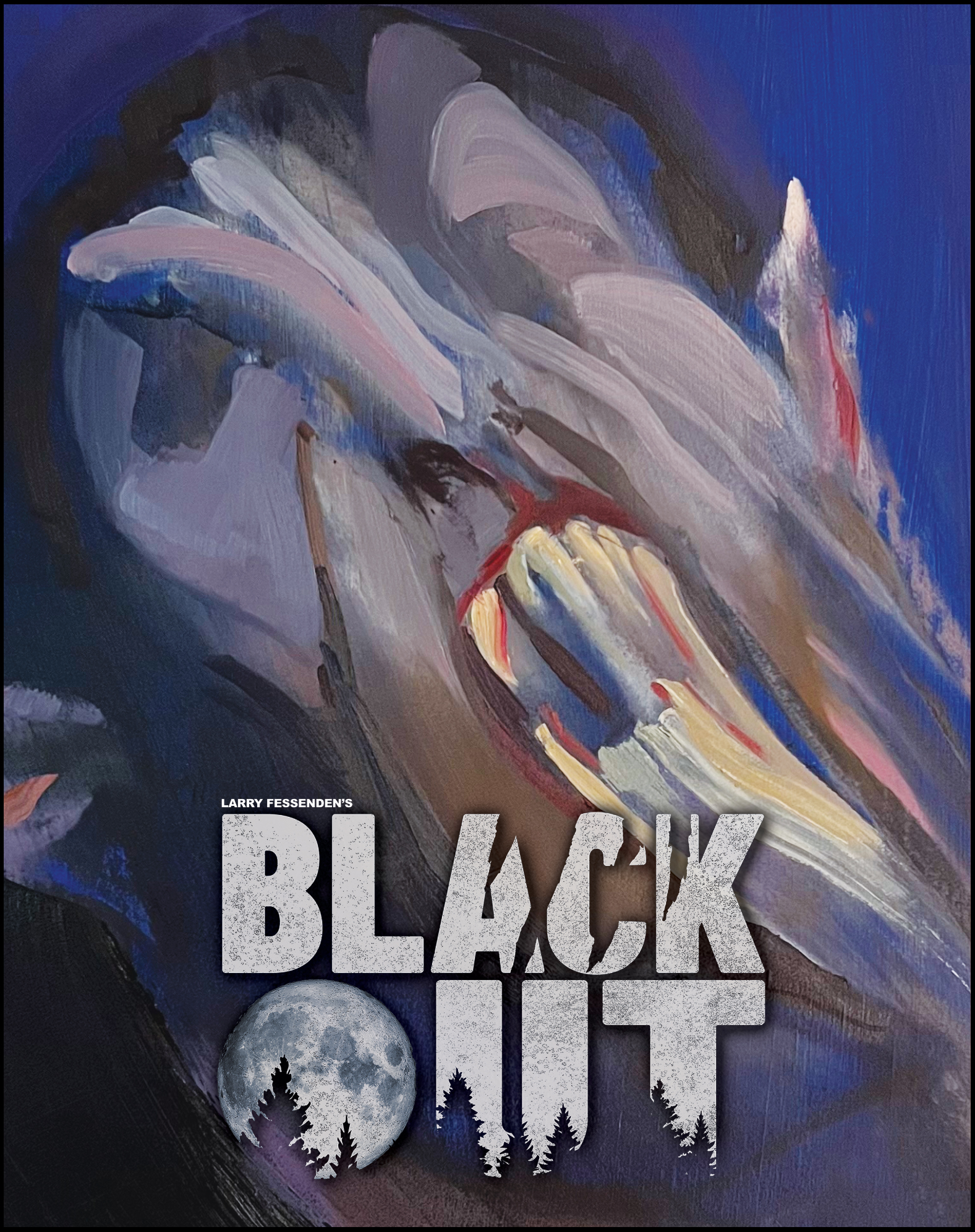
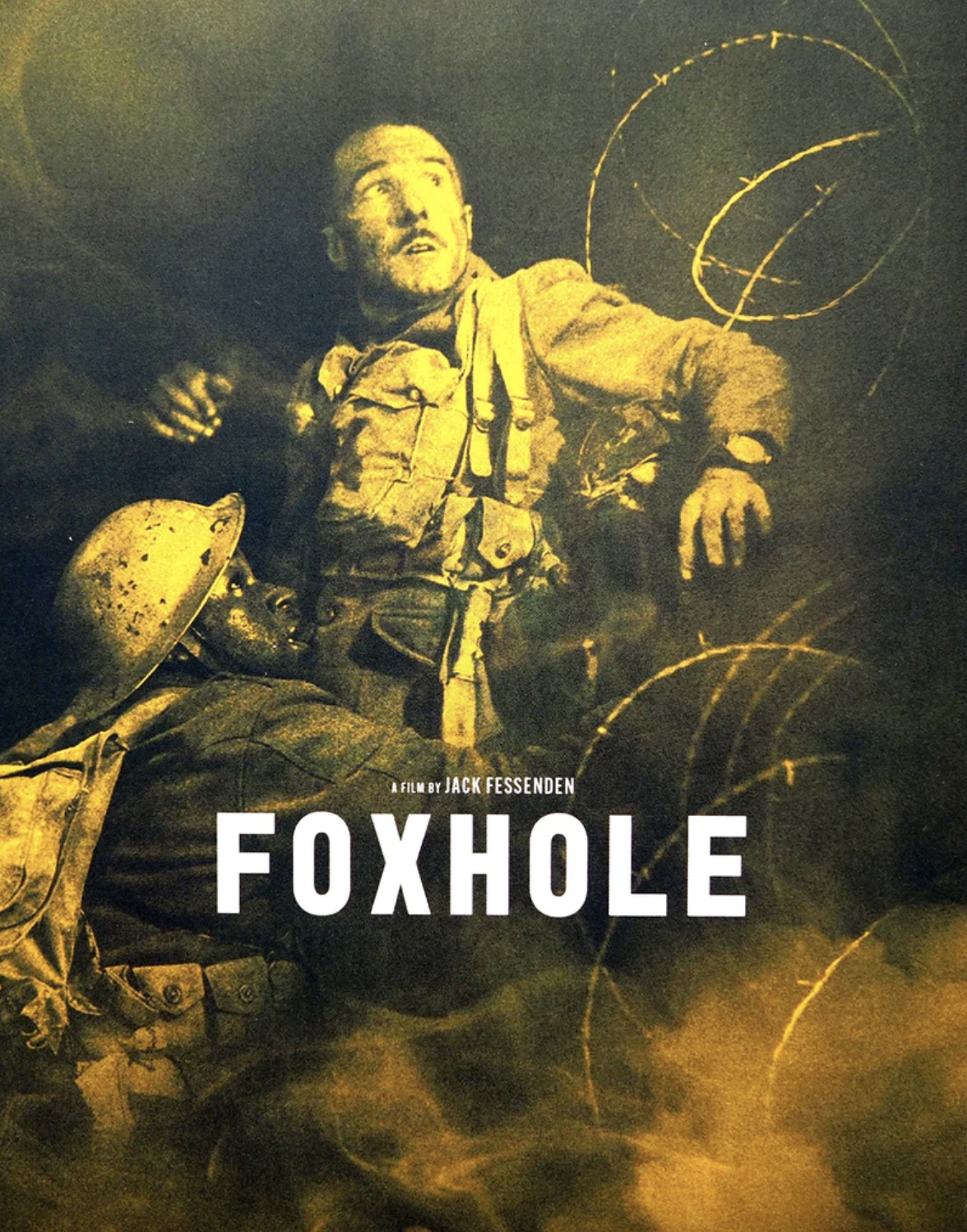
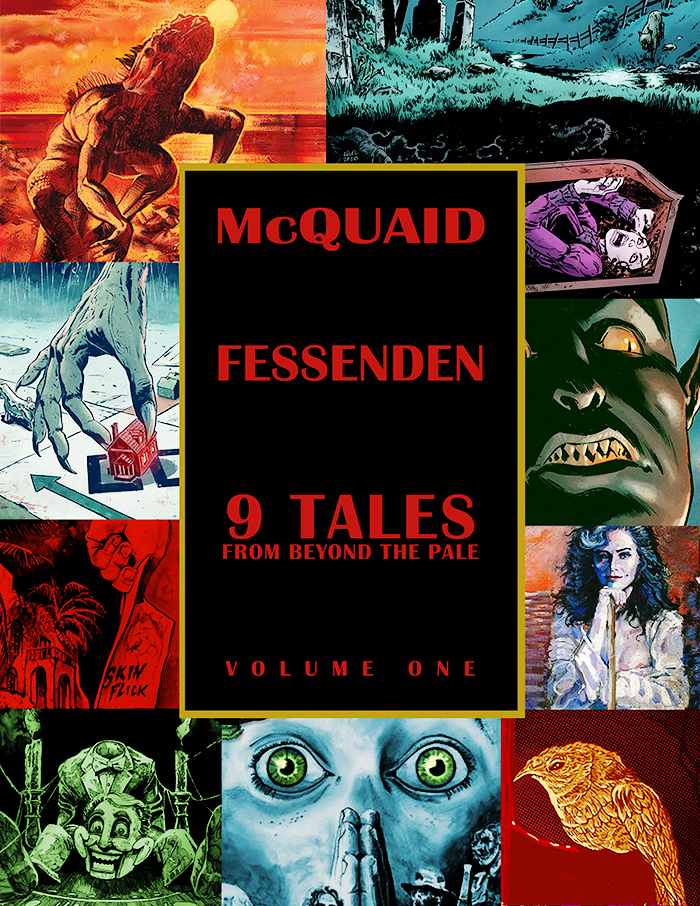
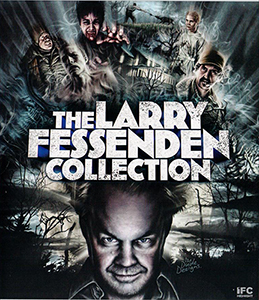
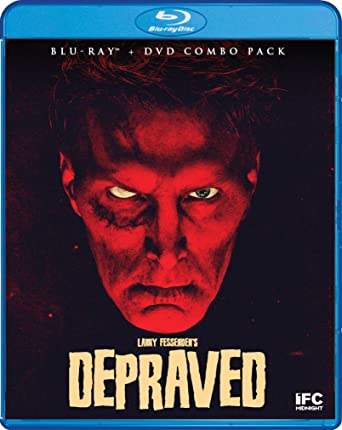
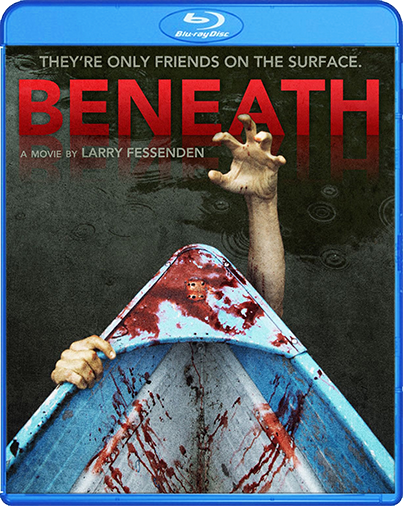
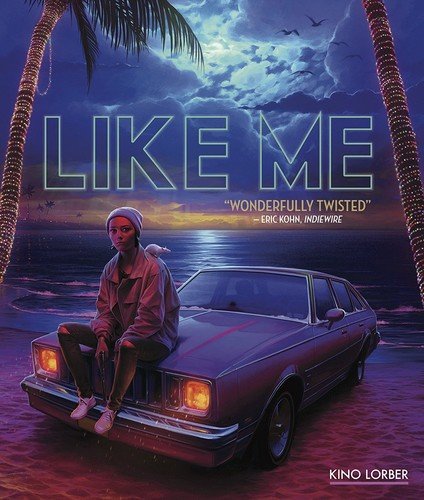
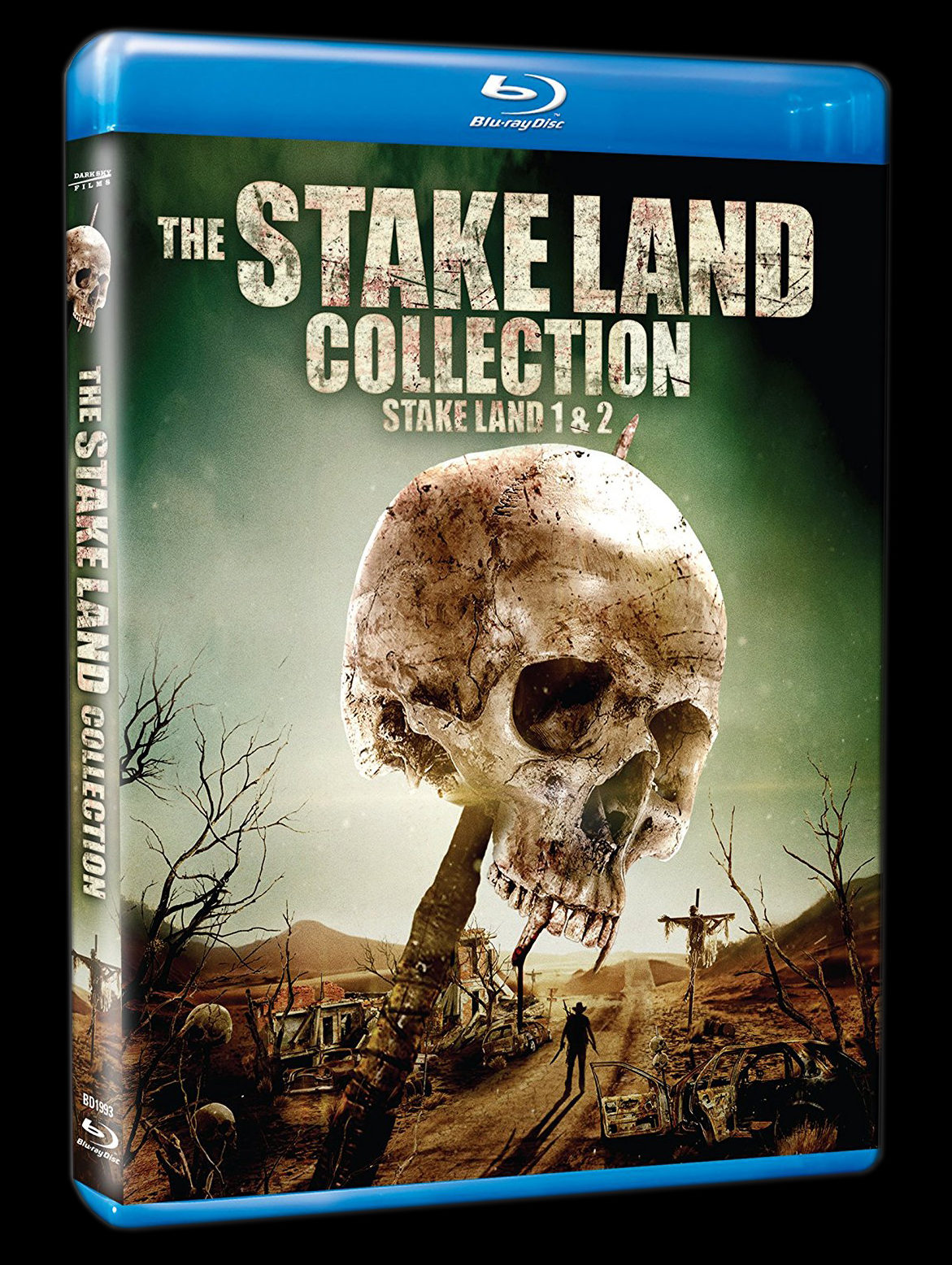
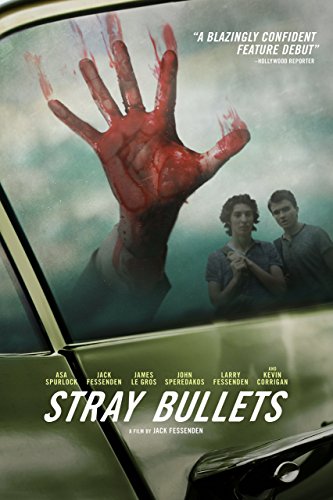
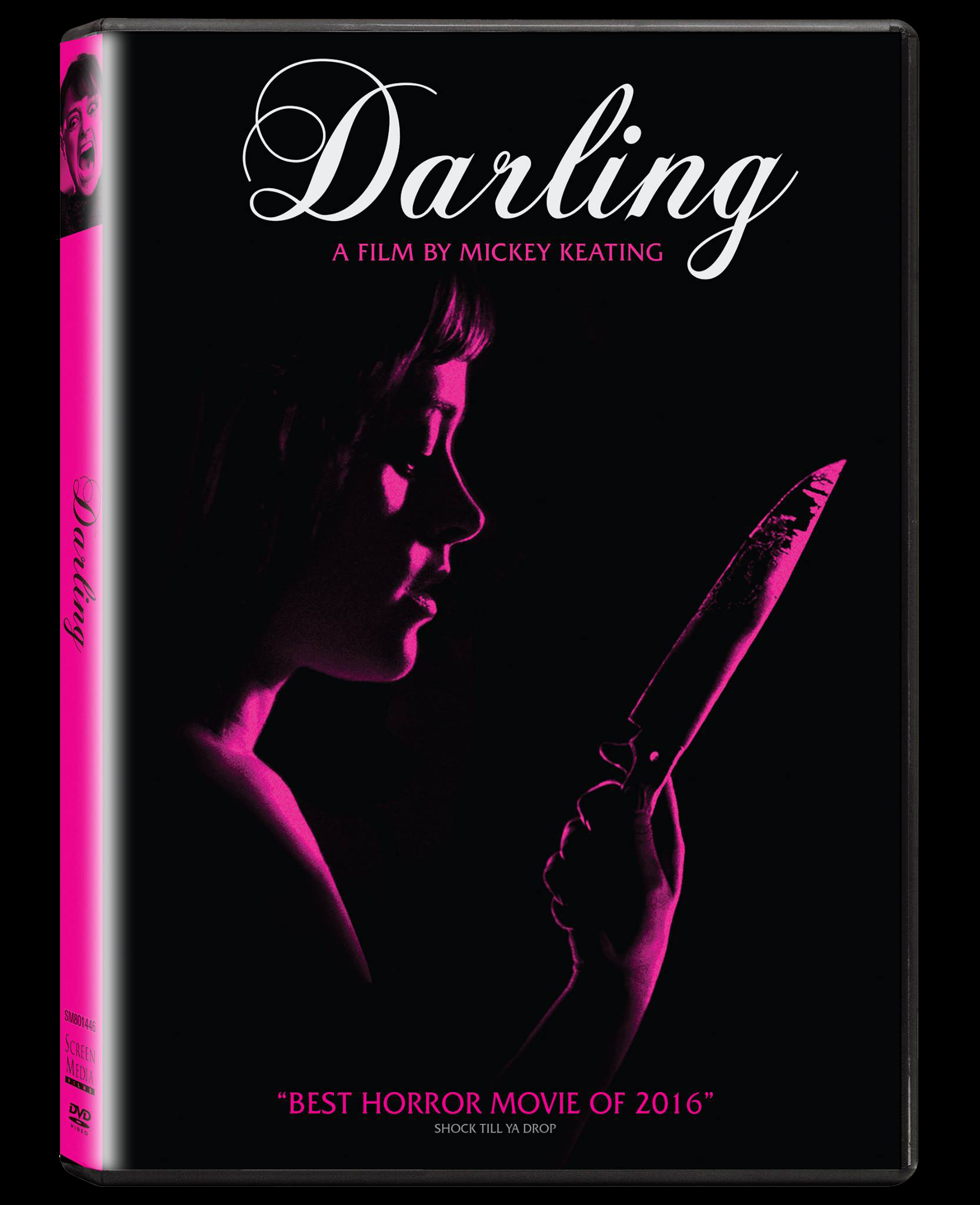
Add a comment